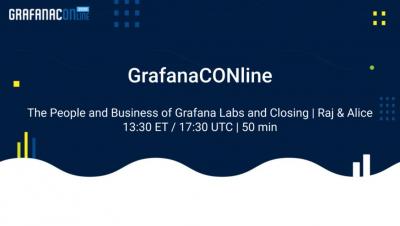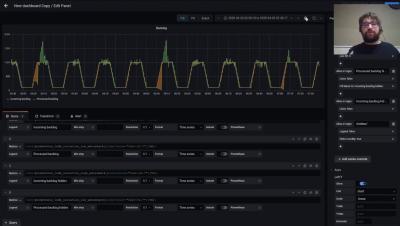GrafanaCONline Day 10 recap: what's new in Grafana Cloud Graphite and Metrictank
Welcome to the third and final week of GrafanaCONline! We hope you’re able to check out our last day of online sessions today. If you didn’t get a chance to watch yesterday’s sessions (or want to watch them again), here’s what you missed on day 10 of the conference.




































